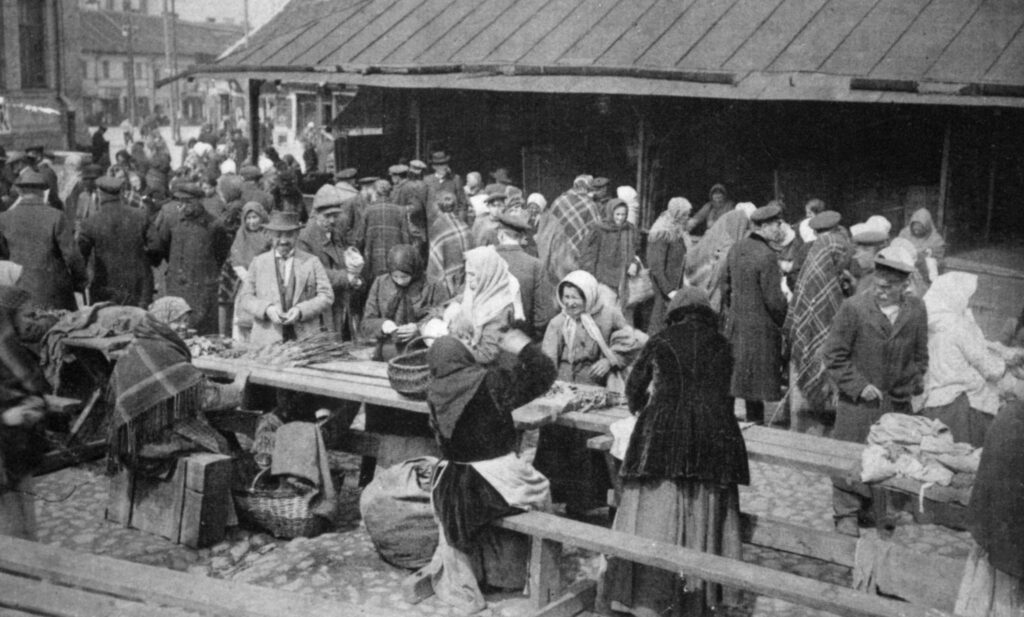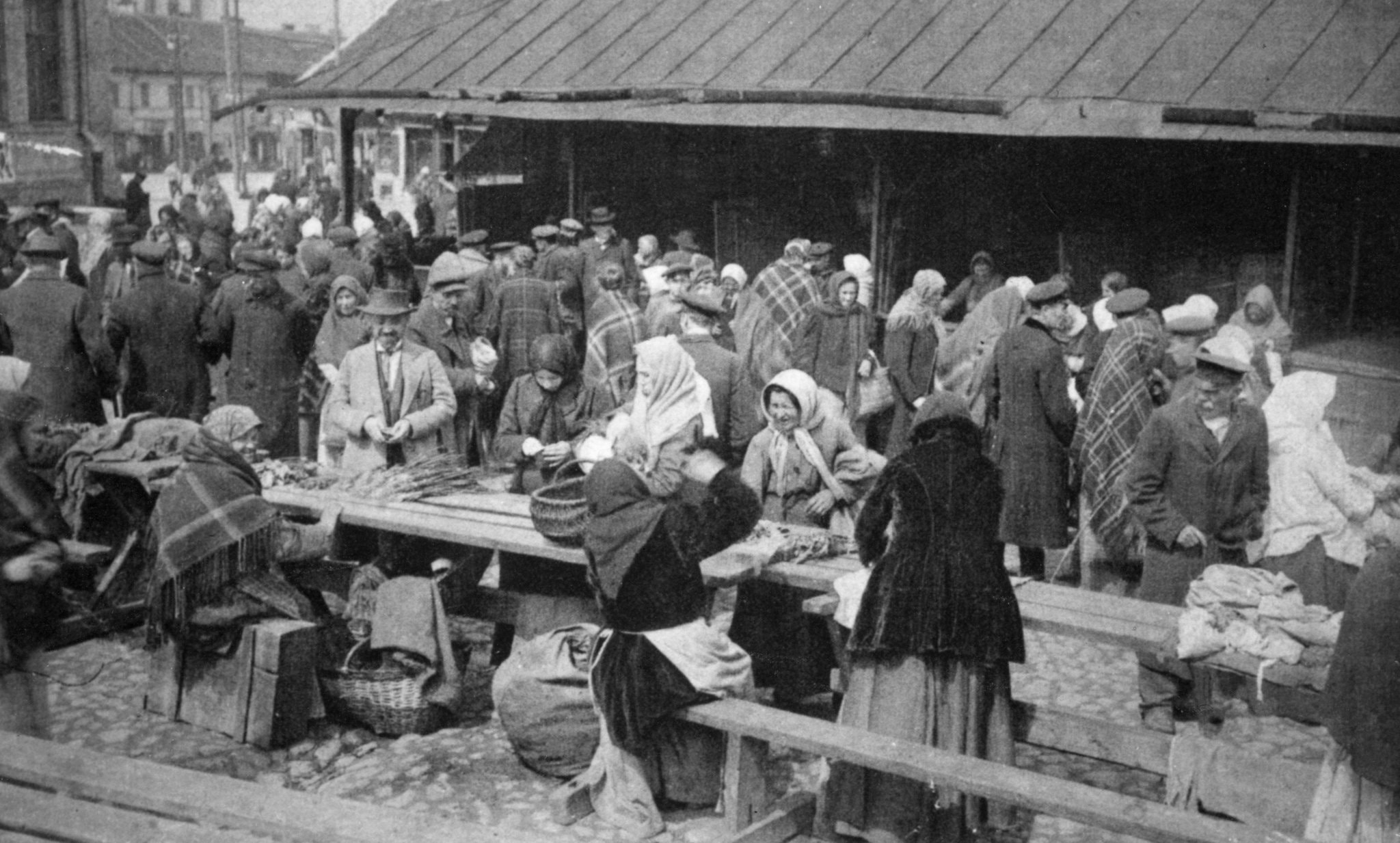
Goyim Treatment: A Comprehensive Analysis of Social Dynamics and Ethical Implications
Navigating the complexities of social interactions requires a nuanced understanding of power dynamics, historical context, and ethical considerations. This article delves into the multifaceted concept of “goyim treatment,” exploring its definition, historical roots, modern manifestations, and the ethical implications that arise from discriminatory practices. Our aim is to provide a comprehensive and balanced perspective, fostering a deeper understanding of this sensitive topic and promoting respectful dialogue.
We aim to explore this complex issue with nuance and sensitivity. We will explore the historical context, analyze its manifestations in modern society, and discuss the ethical considerations that arise. This comprehensive guide is designed to provide a balanced perspective, promote understanding, and encourage respectful dialogue on a topic that demands careful consideration.
Understanding Goyim Treatment: Definition, Scope, and Nuances
The term “goyim,” derived from Hebrew, refers to non-Jewish people. “Goyim treatment,” therefore, encompasses the ways in which non-Jewish individuals are perceived, treated, or represented, particularly within Jewish communities or contexts. This treatment can range from benign indifference to overt discrimination, and its manifestations are often subtle and complex.
It’s crucial to recognize that the term itself can be loaded, carrying historical baggage and varying interpretations. Some view it as a neutral descriptor, while others perceive it as derogatory. Understanding these nuances is essential for engaging in constructive dialogue about this topic.
Historical Roots and Evolution
The history of “goyim treatment” is intertwined with the broader history of Jewish-Gentile relations, marked by periods of coexistence, persecution, and mutual misunderstanding. Throughout history, Jewish communities have often faced discrimination and marginalization, leading to the development of complex social dynamics and survival strategies. These historical experiences have shaped the ways in which Jewish individuals and communities interact with the non-Jewish world.
Understanding the historical context is vital for appreciating the complexities of “goyim treatment.” From the Roman era to the medieval period and beyond, Jewish communities have often been subjected to legal restrictions, social ostracism, and violent attacks. These experiences have understandably influenced their perceptions of and interactions with non-Jewish societies.
Core Concepts and Advanced Principles
Understanding “goyim treatment” requires grasping several core concepts:
* **Othering:** The process of defining a group as fundamentally different from oneself, often leading to prejudice and discrimination.
* **Stereotyping:** Oversimplified and often negative generalizations about a group of people.
* **Power Dynamics:** The interplay of power and influence between different groups in society.
* **Historical Trauma:** The lasting psychological and social effects of past persecution and discrimination.
These concepts help illuminate the underlying dynamics that contribute to “goyim treatment,” revealing how historical experiences, social biases, and power imbalances can shape interactions between Jewish and non-Jewish individuals.
Importance and Current Relevance
“Goyim treatment” remains a relevant topic today for several reasons:
* **Combating Prejudice:** Understanding the nuances of “goyim treatment” can help combat prejudice and discrimination in all its forms.
* **Promoting Intergroup Dialogue:** Open and honest discussions about this topic can foster greater understanding and empathy between Jewish and non-Jewish communities.
* **Addressing Systemic Inequalities:** Examining the historical and social factors that contribute to “goyim treatment” can help address systemic inequalities and promote social justice.
* **Building a More Inclusive Society:** By recognizing and addressing the challenges associated with “goyim treatment,” we can work towards building a more inclusive and equitable society for all.
Recent discussions about identity politics and social justice have brought renewed attention to the ways in which marginalized groups are treated. Understanding the historical and social context of “goyim treatment” is essential for navigating these complex conversations and promoting respectful dialogue.
Analyzing the Dynamics of Social Categorization
Social categorization is a fundamental human process that involves classifying individuals into groups based on shared characteristics. While this process can be useful for simplifying our understanding of the world, it can also lead to prejudice and discrimination when it reinforces stereotypes and creates artificial divisions. Understanding how social categorization operates is crucial for analyzing the dynamics of “goyim treatment.”
In-group and Out-group Bias
One of the key concepts in social categorization is the distinction between in-groups (groups to which we belong) and out-groups (groups to which we do not belong). Research has shown that individuals tend to favor members of their in-group, exhibiting what is known as in-group bias. This bias can manifest in various ways, including preferential treatment, positive evaluations, and a greater willingness to cooperate. Conversely, individuals may exhibit negative biases towards members of out-groups, leading to prejudice and discrimination.
In the context of “goyim treatment,” in-group bias may contribute to the perception of non-Jewish individuals as fundamentally different or less deserving of certain opportunities or privileges. This bias can be subtle and unconscious, but it can nonetheless have a significant impact on intergroup relations.
The Role of Stereotypes
Stereotypes are oversimplified and often negative generalizations about a group of people. They can be based on a variety of factors, including race, ethnicity, religion, gender, and sexual orientation. Stereotypes can be harmful because they distort our perceptions of individuals and reinforce prejudice and discrimination. In the context of “goyim treatment,” stereotypes about non-Jewish individuals may contribute to negative attitudes and discriminatory practices.
For example, stereotypes about non-Jewish individuals being materialistic, uncultured, or untrustworthy can lead to biased judgments and unfair treatment. These stereotypes may be perpetuated through various channels, including media representations, historical narratives, and personal interactions. Challenging and dismantling these stereotypes is essential for promoting more equitable and respectful relations between Jewish and non-Jewish communities.
Ethical Considerations and Moral Implications
The concept of “goyim treatment” raises a number of ethical considerations and moral implications. Is it morally permissible to treat individuals differently based on their religious affiliation? What are the ethical obligations of individuals and communities to treat all people with dignity and respect? These are complex questions that require careful reflection and open dialogue.
The Principle of Equality
One of the fundamental principles of ethics is the principle of equality, which holds that all individuals are entitled to equal rights and opportunities, regardless of their background or identity. This principle suggests that it is morally wrong to discriminate against individuals based on their religious affiliation or any other arbitrary characteristic. Treating individuals differently based on their “goyim” status would therefore be a violation of the principle of equality.
The Golden Rule
The Golden Rule, a moral principle found in many different cultures and religions, states that we should treat others as we would like to be treated. Applying the Golden Rule to the concept of “goyim treatment” suggests that we should strive to treat non-Jewish individuals with the same respect, dignity, and consideration that we would expect for ourselves.
Promoting Empathy and Understanding
Ethical decision-making requires empathy and understanding. To make informed moral judgments about “goyim treatment,” it is essential to understand the perspectives and experiences of both Jewish and non-Jewish individuals. This requires engaging in open dialogue, listening to different viewpoints, and challenging our own biases and assumptions.
Moving Towards a More Inclusive Future
Addressing the challenges associated with “goyim treatment” requires a multi-faceted approach that involves education, dialogue, and systemic change. By promoting understanding, challenging stereotypes, and advocating for equality, we can work towards building a more inclusive and equitable future for all.
Education and Awareness
Education is a powerful tool for combating prejudice and discrimination. By educating individuals about the history, culture, and experiences of different groups, we can promote empathy and understanding. Educational initiatives focused on Jewish-Gentile relations can help dispel stereotypes, challenge misconceptions, and foster more positive interactions.
Intergroup Dialogue
Intergroup dialogue is a process that brings together members of different groups to engage in open and honest conversations. These dialogues can help break down barriers, build trust, and promote understanding. Creating opportunities for Jewish and non-Jewish individuals to interact and share their experiences can be a valuable step towards addressing the challenges associated with “goyim treatment.”
Systemic Change
Addressing the underlying causes of “goyim treatment” requires systemic change. This may involve challenging discriminatory practices in institutions, advocating for policy reforms, and promoting greater representation and inclusion. By working to create a more equitable society, we can reduce the likelihood of prejudice and discrimination.
Q&A Section: Addressing Common Questions and Concerns
Here are some frequently asked questions and insightful answers related to “goyim treatment”:
1. **Is the term “goyim” inherently derogatory?**
* The term’s connotation varies depending on context and speaker intent. While historically a neutral descriptor for non-Jews, it can be perceived negatively due to its use in discriminatory contexts. Sensitivity to the audience is crucial.
2. **How does historical trauma impact Jewish perspectives on “goyim treatment”?**
* Centuries of persecution have understandably fostered a sense of caution and self-preservation within Jewish communities. This historical context can influence perceptions of and interactions with non-Jewish individuals.
3. **What are some subtle examples of “goyim treatment” in everyday life?**
* Subtle examples might include assumptions about cultural knowledge, exclusion from certain social circles, or microaggressions based on perceived religious differences.
4. **How can non-Jewish individuals be allies in combating discriminatory practices?**
* Non-Jewish individuals can be allies by educating themselves about Jewish history and culture, challenging stereotypes, speaking out against antisemitism, and supporting initiatives that promote intergroup understanding.
5. **What role does media play in shaping perceptions of “goyim treatment”?**
* Media representations can either reinforce or challenge stereotypes about Jewish and non-Jewish individuals. It’s important to critically evaluate media portrayals and advocate for more nuanced and accurate representations.
6. **How can we promote empathy and understanding between Jewish and non-Jewish communities?**
* Promoting empathy and understanding requires creating opportunities for meaningful interaction, fostering open dialogue, and encouraging individuals to share their personal experiences.
7. **What are some common misconceptions about Jewish culture and religion that contribute to negative stereotypes?**
* Common misconceptions include stereotypes about Jewish wealth, power, and loyalty. These misconceptions often stem from historical prejudices and a lack of accurate information.
8. **How can we address the issue of “goyim treatment” within Jewish communities?**
* Addressing this issue requires open and honest conversations within Jewish communities, challenging discriminatory attitudes and behaviors, and promoting greater awareness of the impact of historical trauma.
9. **What are the long-term consequences of discriminatory practices on individuals and communities?**
* Discriminatory practices can lead to psychological distress, social isolation, economic hardship, and a loss of trust in institutions and society as a whole.
10. **How can we create a more inclusive and equitable society for all, regardless of religious affiliation?**
* Creating a more inclusive and equitable society requires addressing systemic inequalities, promoting diversity and inclusion, and challenging prejudice and discrimination in all its forms.
Conclusion: Fostering Understanding and Respect
The concept of “goyim treatment” is complex and multifaceted, encompassing historical, social, and ethical dimensions. By understanding the nuances of this topic, we can work towards building a more inclusive and equitable society for all. This requires promoting education, fostering intergroup dialogue, and challenging discriminatory practices. It is vital to remember that every individual deserves to be treated with dignity and respect, regardless of their religious affiliation or any other arbitrary characteristic.
Ultimately, fostering understanding and respect between Jewish and non-Jewish communities requires a commitment to open dialogue, empathy, and a willingness to challenge our own biases and assumptions. By working together, we can create a world where all individuals are valued and respected.
We encourage you to share your thoughts and experiences in the comments below. Let’s continue this important conversation and work together to build a more inclusive and understanding world.

